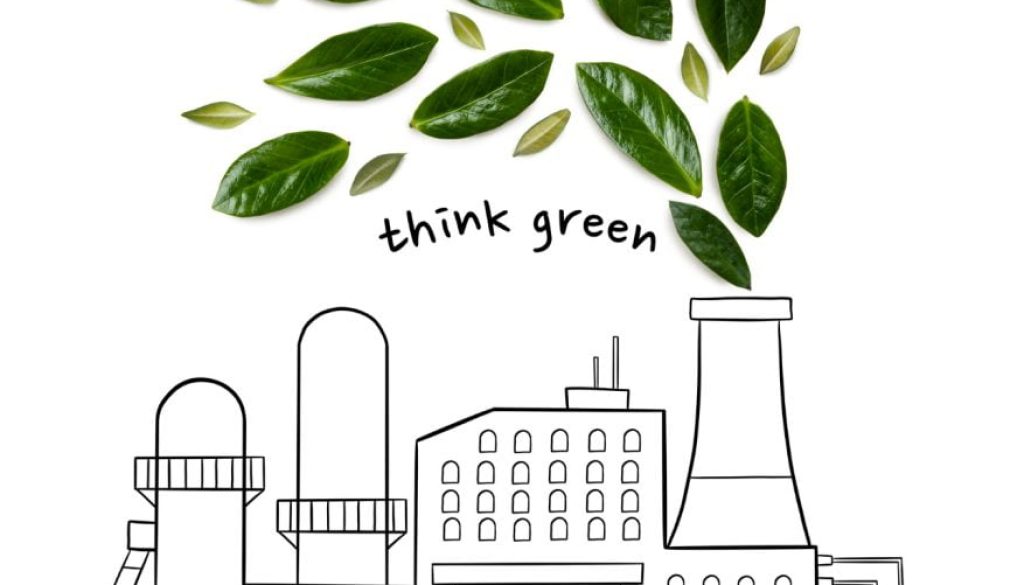Decarbonising Manufacturing – A Long Term Game
Manufacturing relies on processes requiring intense heat, the carbon-intensive extraction and refinement of resources and huge power requirements to keep process lines humming. It is estimated that industrial processes, such as mining and manufacturing, consume 44% of Australia’s energy and 40% of electricity each year. While advances are being made, such as the development and use of green hydrogen and green ammonia, these are far-off initiatives. Many manufacturers have completed the early stages of decarbonisation — the quick wins. These have shown the world, their investors, stakeholders, and employees they are doing everything in their power to decarbonise. The next stage of decarbonising is dubbed ‘hard-to-abate’ but it can be done.
Achievement of Quick Wins

Many manufacturers have declared their net zero intentions, as part of mandatory emissions reporting. It creates an impetus to ensure a declared public target is not another act of greenwashing. This external pressure is acting to push manufacturing companies to stay on track, either meeting or exceeding targets. While many have enacted meaningful change, they have done so at a smaller scale so that failures could be mitigated and isolated. For example, one global food and beverage manufacturer identified several pilot locations in each region with a good level of engagement and readiness from site-level management, and used these to build a proof-of-concept for low-carbon operations before scaling up across its global footprint. Additionally, many have either begun or completed the replacement of end-of-life equipment or mining plant and equipment with more energy efficient equivalents. These include implementing heat pumps, changing lighting from halogen to LED and switching to smart technologies which automatically power down equipment. NCI Packaging, for one, installed 500kW of rooftop solar at its site in Preston, Melbourne, reducing its energy consumption from the grid by 22%. While it may only decarbonise a production line or robotics, it is a key step towards decarbonisation as well as a proof-of-concept for future rollouts across the rest of its sites. Research reveals that 75% of organisations globally have achieved most of these quick wins. They are now tackling the harder-to-address challenges often associated with implementation.
Next Steps

Manufacturing is hard to abate but it is incumbent on companies to achieve their targets, while remaining financially viable and competitive. Short-term wins are great for the morale of the team, but projects with timelines stretching anywhere from 2-15 years make it harder to see the light at the end of the tunnel. Forward-thinking heavy steel fabrication companies are embracing long-term goals and those that are not risk falling behind. Furthermore, new technologies and advances such as green ammonia and green hydrogen are emerging and, while not yet mature, they should be part of any holistic decarbonisation strategy. One of the biggest aspects of net zero is something that seems out of control, but must be considered. Scope 3 emissions may fly under the radar for now, but there is a responsibility incumbent on organisations to begin aligning with suppliers focused on sustainable practices. Scope 3 emissions are set to increasingly make up a key pillar of decarbonisation reporting and research needs to be started on a sustainable post-pandemic supply chain. Meanwhile, offsets should not be deployed in isolation to authentically reach net zero, but the use of offsets for residual hard-to-abate emissions can help organisations decarbonise around the edges.
Final Thoughts

It is acknowledged that manufacturing is a hard-to-abate sector due to its reliance on industrial processes and what is next beyond the quick wins is complex. But hard-to-abate does not mean impossible-to-abate and it is incumbent on organisations to ensure they do their utmost to meet their targets, both for the future of the planet and the future of their business.




